From December 6 to 15, the World Press Photo exhibition 2019 takes place on the side of Hoan Kiem lake, introducing local residents to 150 high-quality works of visual journalism with a wide range of subject matter and visual approaches. The annual exhibition travels to 45 countries and has now returned to the capital city of Hanoi after the success of the 2018 event.
As an organization rich in history, the World Press Photo Foundation has tried to reflect the transformation of the photojournalism industry, particularly in the digital age. Not only examples of spot news pictures can be found; the 62th contest has recognized projects that explore complex layers of reality and show the photographers’ sustained efforts to pursue their topics. Walking around the historic lake, the audience is taken on a photographic journey full of surprises, from widely covered immigration issues to heartfelt local stories about the human condition.
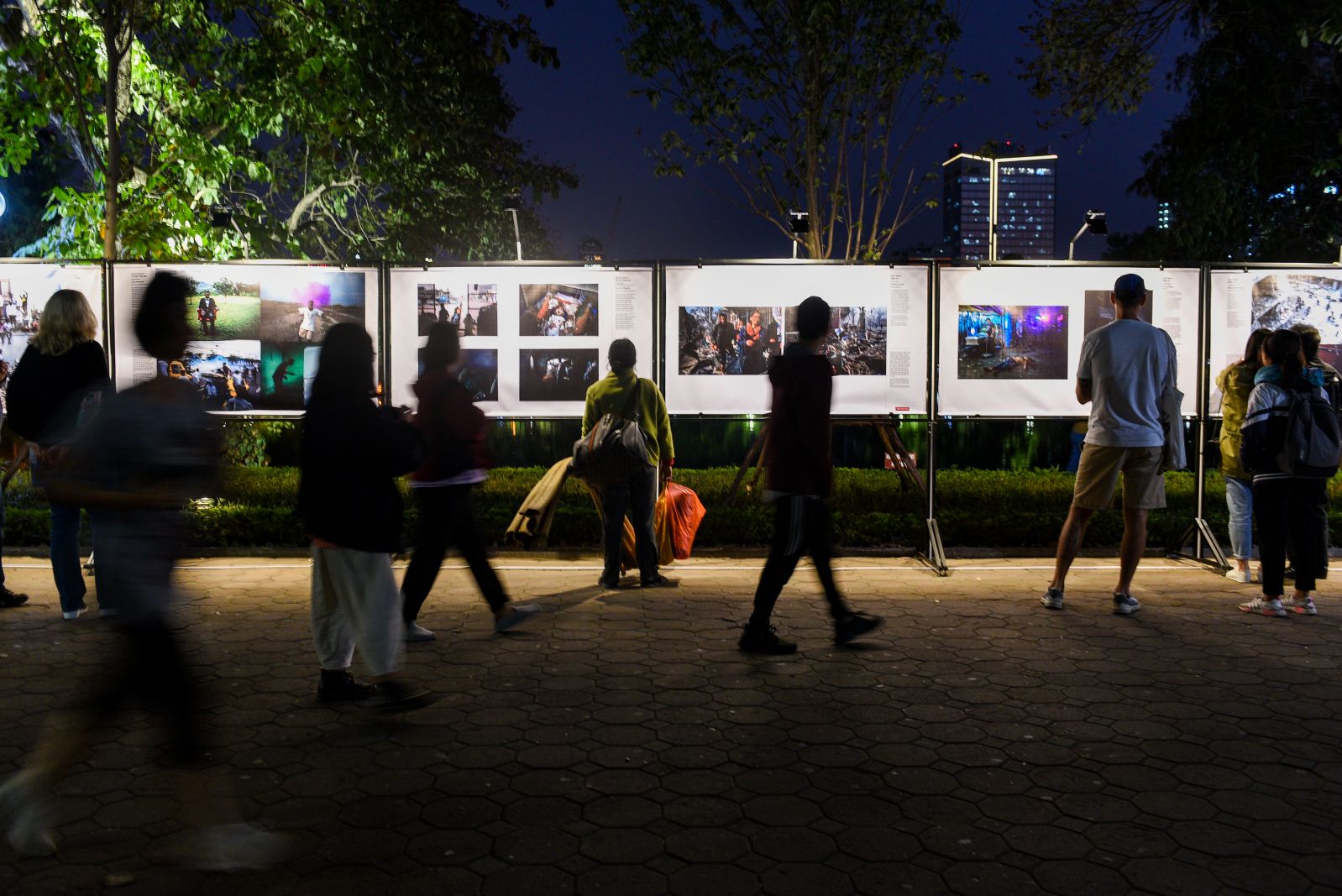
A sympathetic view of the immigration crisis.
Immigration from Central America, an area ripe with conflicts, has been the current focus in the past year and also the subject of a number of winning photos in the Spot news category.
The prestigious Photo of the Year award belongs to John Moore’s Girl Crying on the Border, showing a girl breaking down in tears as her mother is searched by the border patrol in Texas in June, 2018. The photo has previously gone viral on social media and become a symbol of the controversial family separation policy when appearing on the cover of TIME magazine. As a matter of fact, while a single frame cannot convey an issue in all its complexities, it has the power to connect with the audience and put pressure on legislators. In the same month, Trump’s administration officially ends the “zero tolerance” family separation policy.
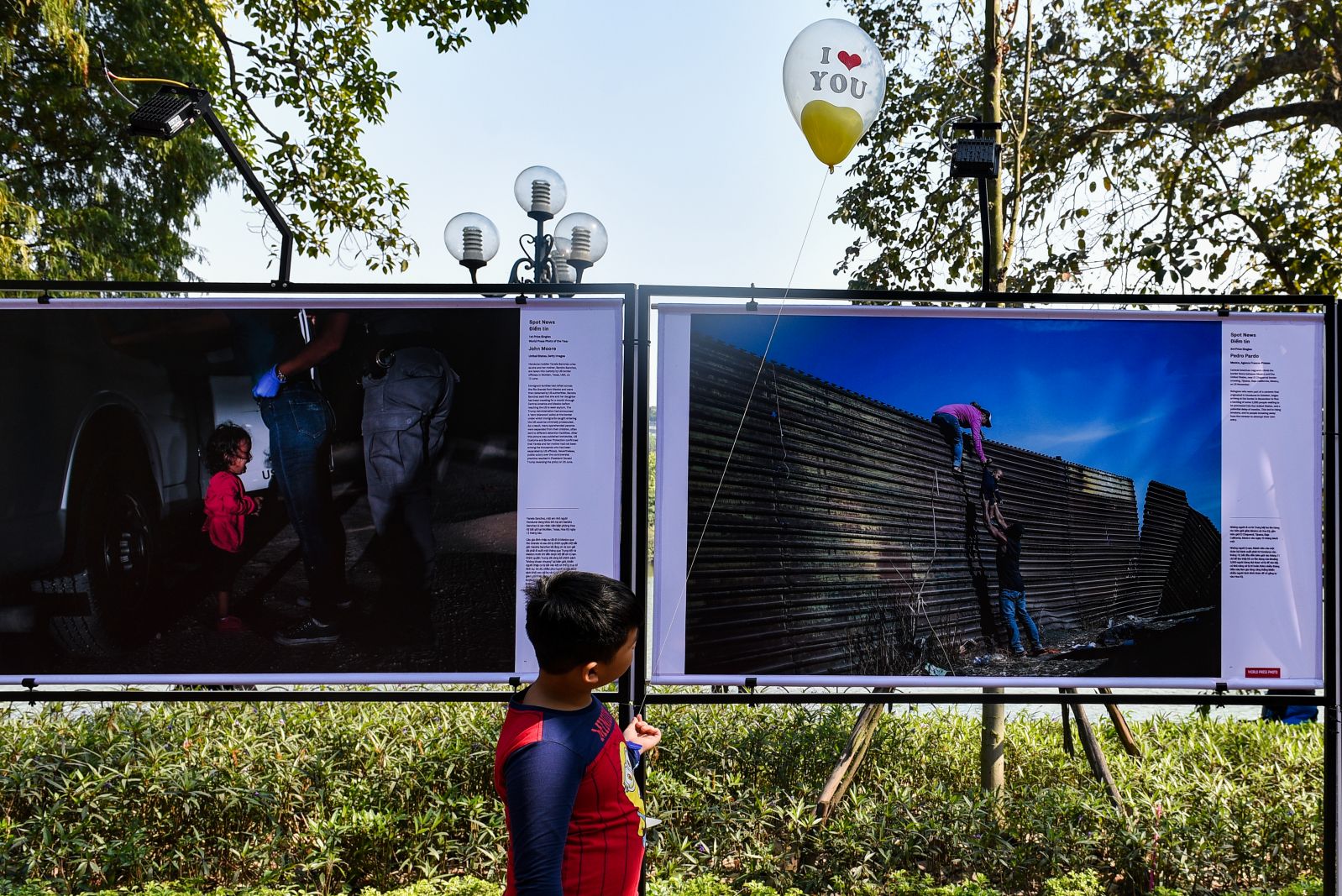
Pursuing the same topic, Pieter Ten Hoopen’s project The Migrant Caravan is awarded Photo Story of the Year, a new category to further honor works of great journalistic importance. Following the largest migrant caravan into the US border on October 2018, the Dutch photographer captures intimate daily activities, like a boy falling asleep next to his father or a young girl picking flowers. In low-saturation square frames, human relationships and their hope for a new life take central stage. Leaving out dramatic situations, the author chooses to convey the message in a more subtle way and at the same time, requests the audience to look deeper into the seemingly peaceful scenes.

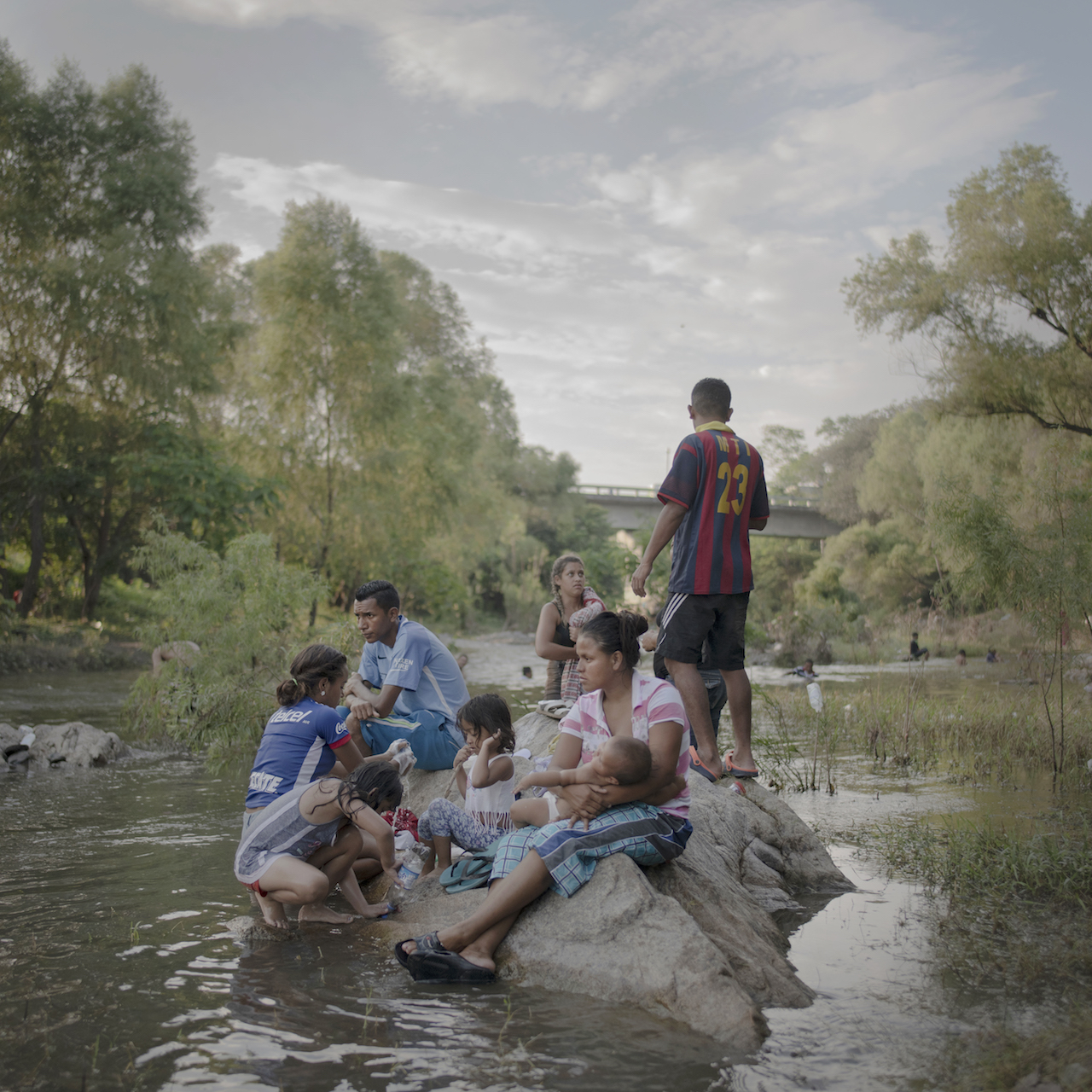
Unique subject, access and approach of woman photographers.
In the male-dominated field of photojournalism, it is noteworthy that award-winning woman photographers has reached an all time high for the first time in 2019.
Magnum photographer Diana Markosian is awarded First prize in the Contemporary Issue (Single) category with her colorful capture of a young girl’s lavish quinceañera party in Havana, Cuba. This is part of a multimedia project titled Quince that explores aged-old tradition through the lens of femininity in the machismo society of Cuba.
Interestingly, the First and Second prize of Contemporary Issue (Story) belong to two stories that seem contradictory but deal with the same subject of women’s quest for bodily integrity. Documenting the campaign to abolish longstanding anti-abortion laws in Ireland, Olivia Harris’s Blessed Be the Fruit portrays theatrical street protests with humour, implying a wide range of social elements involved in this debate. The Colombia, (Re)Birth project by Catalina Martin-Chico explores the happiness of being a mother of former female guerrillas, who have been forced to abort or abandon their children while fighting for the FARC rebel forces. Intimate photos of new mothers and their families in the military camp suggest the kind of story allowed by woman photographer’s special access.
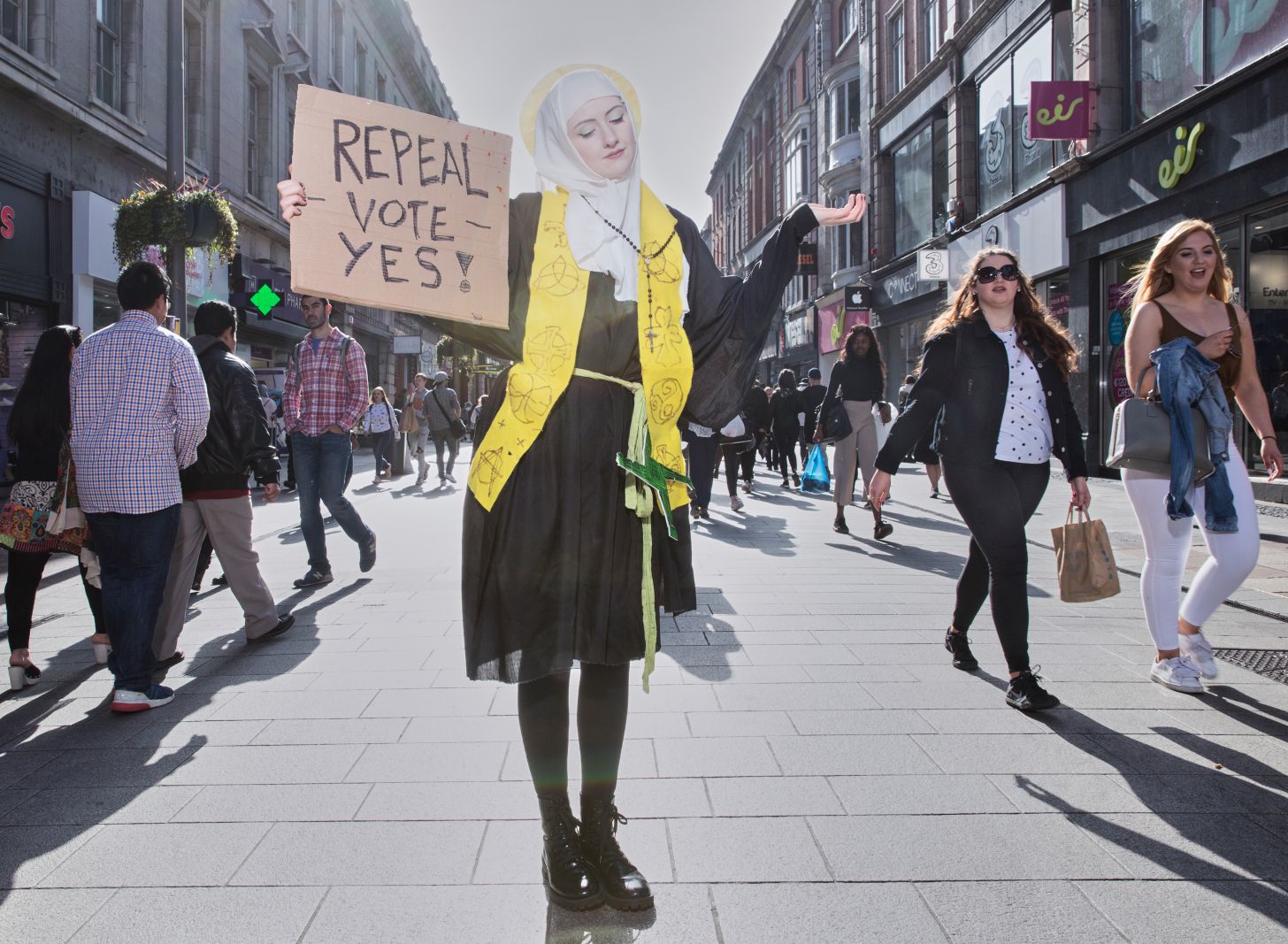
The Long term project 2019 winner is Sarah Blessner’s Beckon Us from Home, which captures various youth programs, schools and military summer camps in the US and Russia over the course of three years. The photographer intentionally leaves the location of each photo ambiguous to highlight the unlikely similarity between patriotic youths in two countries with seemingly opposing institutions. Placing portraits of students having good time next to a gun training session, Blessner raises worrying questions about the impact of ideologies, religions and the atmosphere of anxiety following violent events on young people who hold the nation’s future.
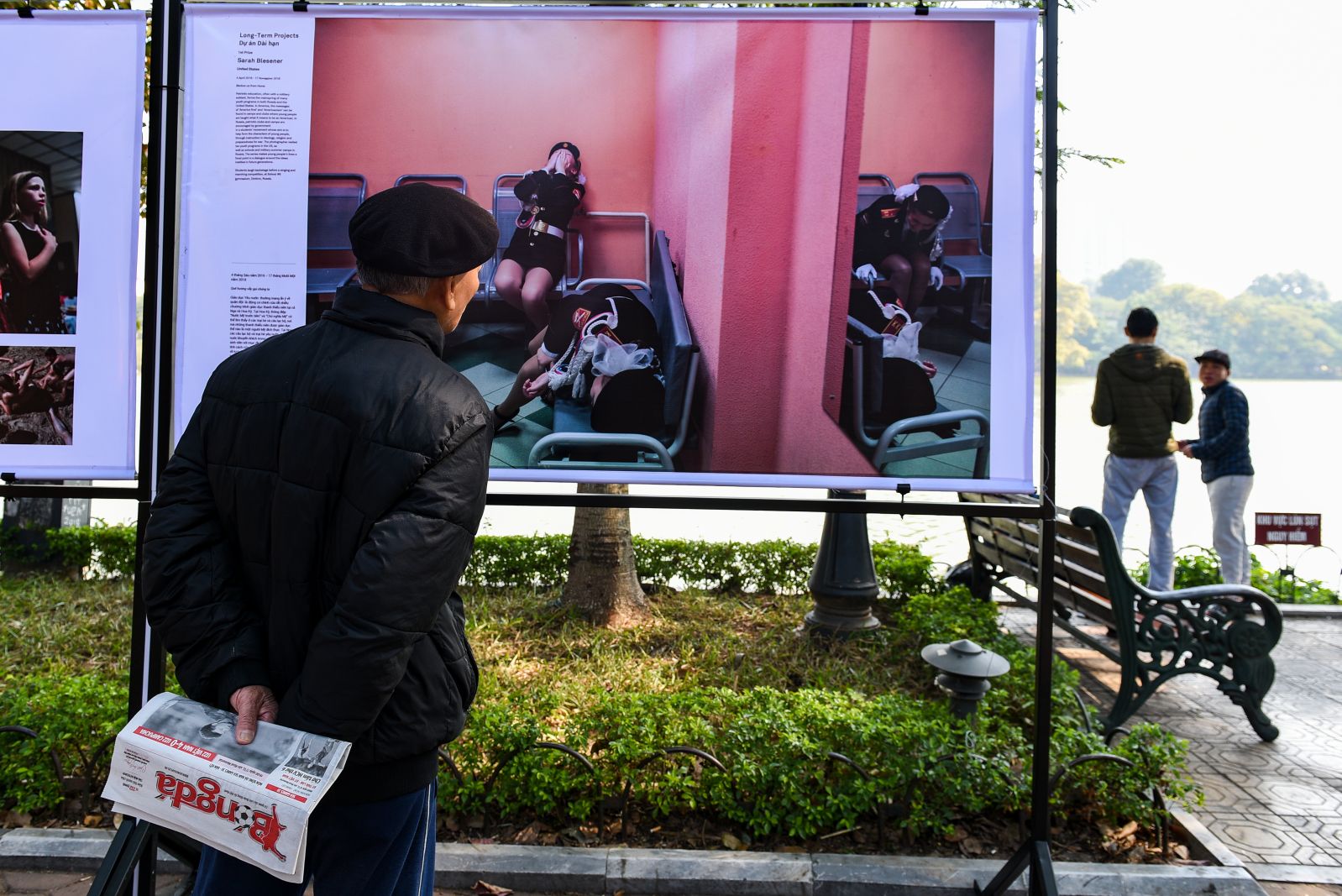
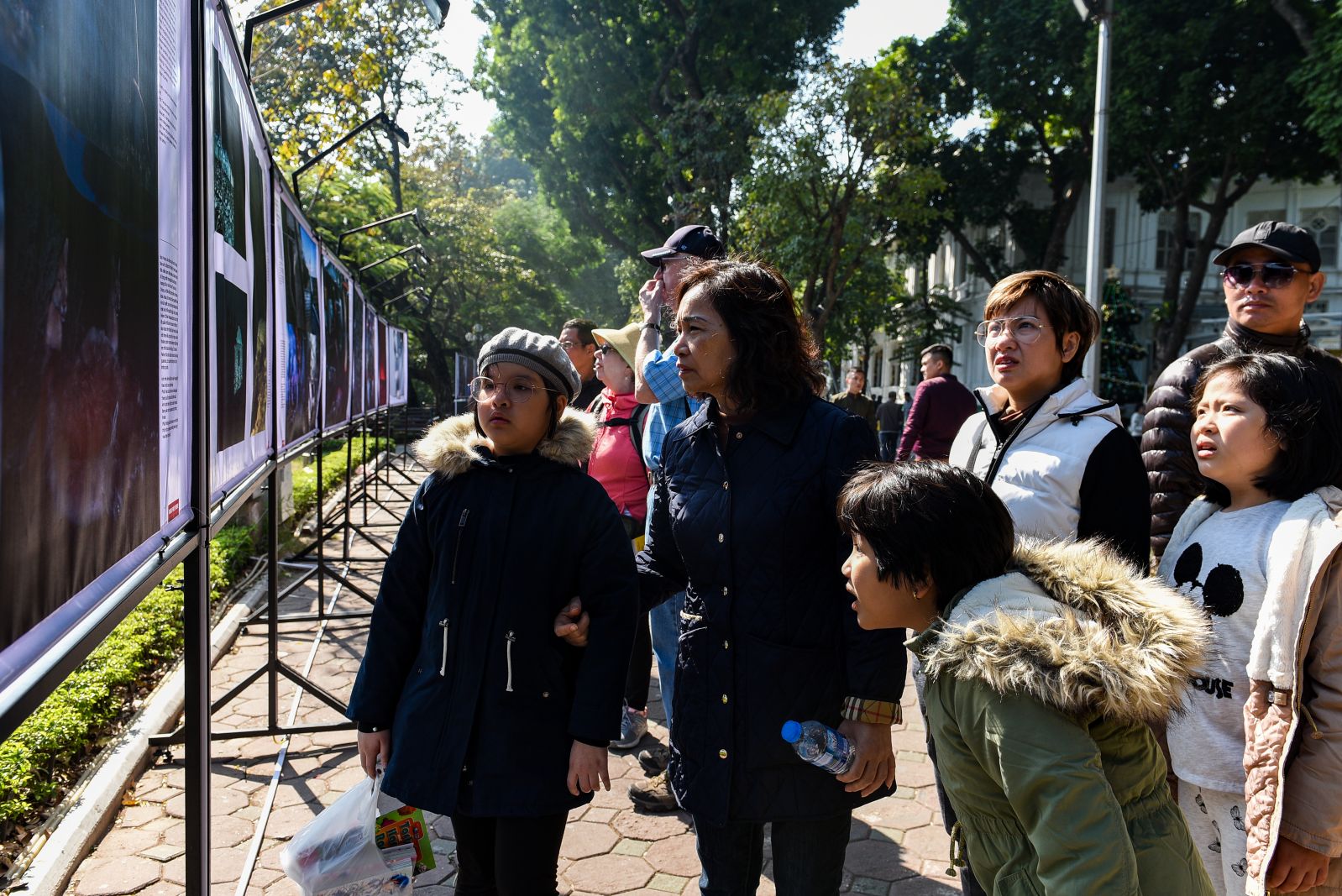
Land of Ibeji, first prize winner of the Portrait category, is a visual experiment and unique collaboration by Bénédicte Kurzen in Sanne de Wilde. The project is made in Nigeria which has the highest occurrences of twins in the world. All visual elements speak of the duality in cultural practices surrounding this phenomenon, from marginalization to celebration. With the use of flash and reflective surfaces, they have creatively express contradictory concepts that go hand in hand, such as solitude versus togetherness, or death versus life.

The winning photographs and stories promote the existing diversity in subject and aesthetics in photojournalism, and empower the audience to look for context while reading images. The award-winning works of 2019 also reflect the efforts of the World Press Photo to keep abreast of changes in the photo industry, while opening a dialogue about the role and impact of photojournalism today. These are also featured topics in the Weekend programs with Matca on August 7 and 8, 2019.
The 2020 World Press Photo Contest has officially opened and is photographers of all ages, genders and nationalities are encouraged to enter. Register online here.
Nguyễn Phương Thảo received a master’s degree in Communication studies with a focus on the visual culture from Université de Toulouse Jean Jaurès (France). Her writings have been published on Diggit Magazine.
Connect with her on Facebook.
